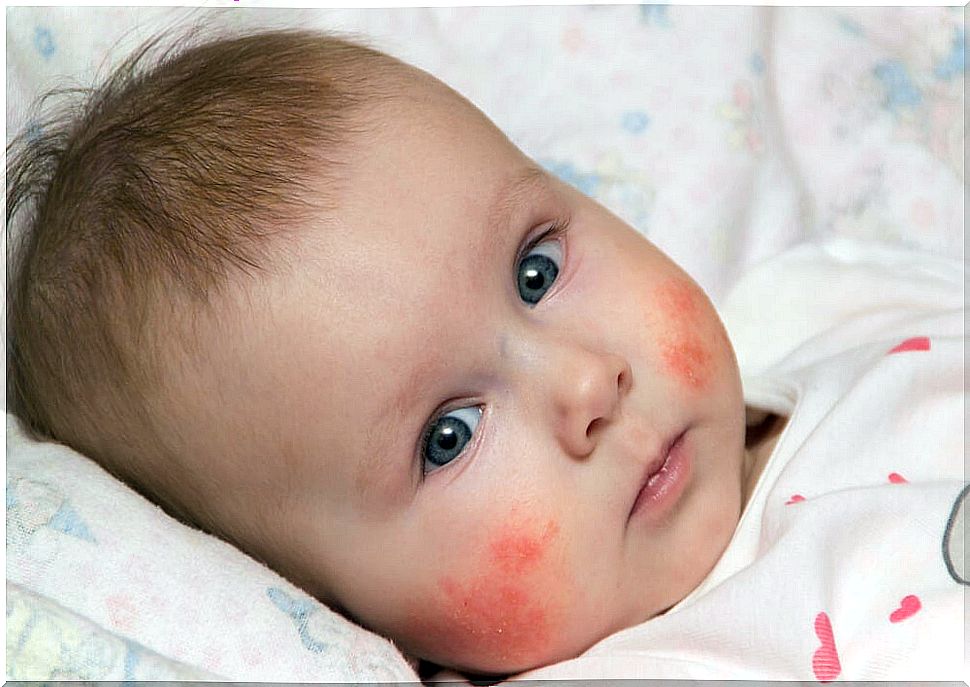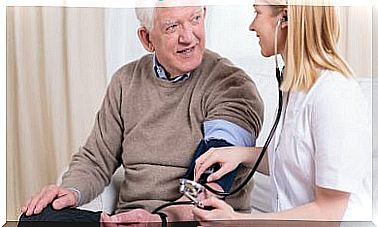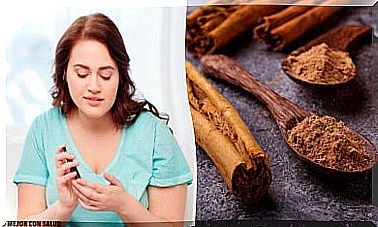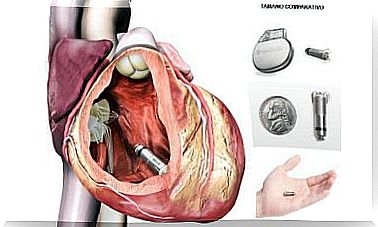Perioral Dermatitis: Symptoms And Treatments
It is called perioral dermatitis to skin disease that manifests intensely around the mouth. From that location it derives its name and its main characteristic. It can also be named as perioral dermatitis.
It is a pathology that shares symptoms with other more recognized ones, such as acne, rosacea, contact dermatitis and even shingles. Hence the importance of a proper diagnosis to employ the precise treatment.
Contrary to what you might think at first, perioral dermatitis is not contagious. This means that the person who suffers from it is not capable of transmitting it by contact to another person. Nor is it a disease that can be classified as dangerous. The greatest affectation is aesthetic and quality of life.
The most affected turn out to be young women and children in a particular presentation of the disease. An increase in the affectation has been noted in recent years, especially in industrialized countries. This is associated with the intensive use of cosmetic creams.
Causes of perioral dermatitis
The etiology of this disease is not clear. It is assumed that it happens in people with a certain predisposition to skin allergies. The skin would be more sensitive to the action of certain substances that would cause the symptoms. The substances that science has identified as triggers are the following:
- Corticosteroid creams: the kind that are applied to the face.
- Toothpaste raisins: those that are marketed with fluoride.
- Varied cosmetic creams: from makeup to sunscreen.
- Steroids for nasal or respiratory use: even indicated in pathologies such as asthma.
- Contraceptives: mainly in their oral presentation.

It is also associated with poor facial hygiene, either due to lack of proper washing or the use of soaps that are not indicated. Among infants, of course, parents play a key role in preventing perioral dermatitis through hygiene.
In the case of some women of childbearing age, hormonal changes in the menstrual cycle are behind the appearance of symptoms. For them, dermatitis is cyclical and reappears every month, always with a similar frequency.
A particular situation is that of the pediatric age. The cause of perioral dermatitis in children is irritation from saliva around the lips. In short, it would be a variant of contact eczema.
Symptoms of perioral dermatitis
The clinical sign par excellence of this disease is the appearance of small red elevations on a section of dry and reddened skin. Sometimes these elevations can contain pus.
The location of the lesions is always around the mouth. The folds of the nose and the folds of the lips are mainly affected. It is striking that about two millimeters of skin adjacent to the lips are usually free of symptoms.
In addition to skin lesions, patients report pain, burning, or itching in the affected region. They are not always present nor do they persist for the entire period of the outbreak.
Based on symptoms and manifestations, doctors make the diagnosis with physical examination. Unlike acne, perioral dermatitis never makes comedones. On the other hand, the difference with rosacea is the location, since it is not present around the mouth.
A biopsy is rarely necessary. The diagnosis is usually clear on the office exam. However, when pathological anatomy of the lesions is required, it is likely to be in the presence of more aggressive variants of the disease.

Treatment
The basis of treatment for perioral dermatitis is avoiding triggers. When the lesions are already present, the general measures have to do with the removal of the possible causal factors. However, the withdrawal should be gradual to avoid rebound symptoms.
These measures should be maintained even when the lesions have disappeared, since whoever had the disease once has a high probability of suffering it again. The main thing would be:
- Use only some dermatologically tested cosmetics with ingredients that have already been tested on the skin itself.
- Take the routine of washing your face every night.
- Dry the skin carefully, without rubbing or friction, and drying with non-irritating cloth towels
- Use moisturizing creams that do not have corticosteroids among their components.
If determined by the physician, antibiotics can be used to remove active lesions. The most commonly used drugs are tetracyclines and erythromycin, either locally in creams or as an oral treatment.
A treatment option that is being studied and applied more and more is the use of pimecrolimus cream with a concentration of 1%. Scientific studies have shown rapid improvement of symptoms in patients to whom the preparation was indicated.
Although pimecrolimus is a good option especially for patients with a history of corticosteroid use, the long-term adverse effects of its use must be considered. This is a subject on which there is discussion and divisions among the scientific community. That is why it is necessary for the treatment to be supervised by a professional.









